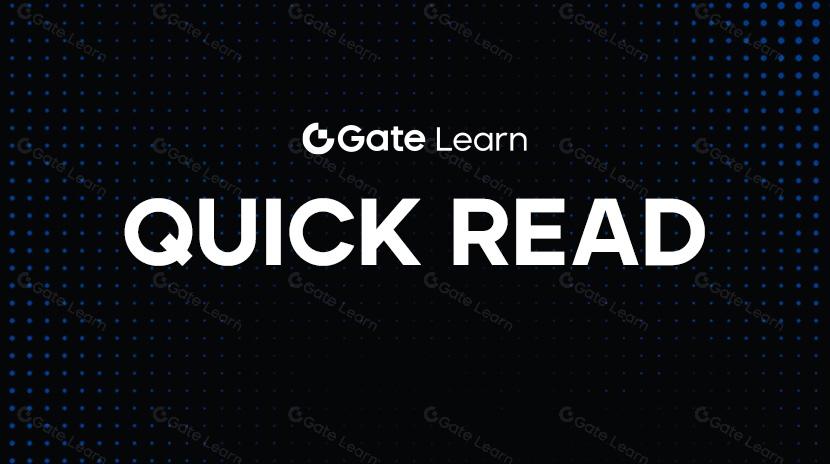Celestia: Uma Inovação Revolucionária que Reformula a Arquitetura Blockchain
Introdução
Na tecnologia blockchain em constante evolução de hoje, o token TIA, como o projeto principal da blockchain modular Celestia em 2025, está liderando uma revolução. Através de camadas inovadoras de disponibilidade de dados e tecnologias avançadas de escalabilidade blockchain, Celestia está remodelando o ecossistema Web3. Para investidores em busca de oportunidades de investimento em criptomoedas de alto potencial, é essencial ter uma compreensão profunda do token TIA e das inovações tecnológicas por trás dele.
1. Visão Geral do Projeto
1.1 Introdução Principal
Anteriormente conhecido como LazyLedger, Celestia pode ser considerado a primeira rede blockchain modular que separa o consenso da disponibilidade de dados (DA). Isso significa que a cadeia de aplicativos pode desfrutar de garantias de segurança compartilhadas enquanto mantém a governança autônoma eWeb3Os desenvolvedores também podem usar Celestia para implantar rapidamente blockchains descentralizados sem incorrer em custos adicionais de camadas de consenso. Em outras palavras, Celestia é uma cadeia pública que armazena registros de transações e fornece disponibilidade de dados. Seu ativo centralToken TIANão é apenas um portador de valor para a rede, mas também desempenha um papel fundamental no pagamento de taxas de transação, fornecimento de recompensas de staking e decisões de governança, impulsionando o desenvolvimento de todo o ecossistema.
1.2 Origem e Desenvolvimento do Projeto
O design da Celestia é baseado em uma profunda reflexão sobre as limitações da arquitetura de blockchain existente em termos de desempenho e escalabilidade. Com o desenvolvimento contínuo de aplicações descentralizadas (dApps) e soluções de escalonamento de Camada 2, a Celestia propõe uma arquitetura inovadora que separa a camada de consenso da camada de disponibilidade de dados para lidar melhor com esses desafios. Esta abordagem modular visa fornecer aos desenvolvedores Web3 uma infraestrutura de blockchain mais eficiente e flexível.
Em termos de financiamento, a Celestia também recebeu um forte apoio. Em março de 2021, a Celestia levantou $1,5 milhões em financiamento da rodada semente, com a Binance Labs como principal investidor. Posteriormente, em outubro de 2022, a Celestia Labs anunciou a conclusão de uma rodada de financiamento de $55 milhões liderada pela Bain Capital Crypto e Polychain Capital. Essas duas rodadas de financiamento elevaram a avaliação da Celestia para $1 bilhão, estabelecendo sua posição de liderança no campo da Blockchain modular.
Evento de Marco:
•Maio de 2019: whitepaper LazyLedger lançado
• 4 de março de 2021: LazyLedger Labs completou uma rodada de financiamento semente de $1.5 milhões e planeja lançar a testnet até o final do ano
• 6 e 15 de junho de 2021: LazyLedger renomeado para Celestia
• 25 de maio de 2022: Celestia lança seu primeiro testnet Mamaki
• 31 de outubro de 2023: Celestia implantou com sucesso a versão de teste da mainnet (codinome Lemon Mint), marcando a chegada da primeira rede de disponibilidade de dados modular.
• 5 de setembro de 2024: Lançamento do roadmap técnico, planejamento para expandir o tamanho do bloco para 1GB a fim de melhorar significativamente sua capacidade de processamento de dados, superando a capacidade de processamento de transações da Visa.
• 25 de outubro de 2024: A Celestia anunciou que lançará a atualização Ginger em novembro de 2024, reduzindo o tempo de bloco de 12 segundos para 6 segundos, melhorando a velocidade de transação e o desempenho da rede.
• Dezembro de 2024: O plano de atualização Ginger entra em operação na mainnet, aprimorando ainda mais a rede de disponibilidade de dados da Celestia.
1.3 Membros Principais
A equipe principal da Celestia é composta por experientes especialistas em Blockchain, fornecendo suporte técnico e estratégico sólidos para o desenvolvimento da Celestia.
- O Diretor Executivo Mustafa Al-Bassam formou-se com um PhD pela University College London e co-fundou a plataforma de contratos inteligentes Chainspace, que mais tarde foi adquirida pelo Facebook. Ele também escreveu vários artigos inovadores sobre a segurança de sistemas de blockchain shardados.
- O CRO John Adler trabalhou anteriormente na ConsenSys, concentrando-se na pesquisa de escalabilidade L2 e criando o primeiro protótipo para a solução de Rollup Otimista.
- O Chief Technology Officer Ismail Khoffi é um engenheiro de pesquisa renomado que fez contribuições significativas para vários projetos, como o Google UK e o Tendermint.
- O Diretor de Operações Nick White se formou na Universidade Stanford e co-fundou o protocolo Blockchain Harmony, atuando como especialista sênior em IA na Zeroth.ai.
2. Análise Técnica
A base técnica da Celestia é o seu design modular, que melhora a capacidade de processamento da rede e a eficiência de verificação de dados através de duas tecnologias principais: Amostragem de Disponibilidade de Dados (DAS) e Árvore Merkle de Namespace (NMT).
O que é Amostragem de Disponibilidade de Dados (DAS)
O mecanismo DAS permite que nós leves verifiquem a disponibilidade de dados sem baixar o bloco inteiro. Essa inovação reduz consideravelmente a carga de armazenamento dos nós de blockchain e melhora a velocidade e eficiência da rede.
O que é a tecnologia da Árvore de Merkel de Namespace (NMT)?
Celestia divide os dados do bloco em vários espaços de nomes, com cada aplicativo descentralizado (dApp) usando a camada de Disponibilidade de Dados (DA) correspondente a um espaço de nomes. Dessa forma, cada dApp só precisa baixar dados relacionados a si mesmo sem processar dados de outros dApps. Para garantir a integridade dos dados, a camada DA deve ser capaz de provar que os dados fornecidos cobrem todo o conteúdo em um espaço de nomes específico. Para alcançar isso, Celestia usa Árvores Merkle de Espaço de Nomes (NMT), um tipo especial de árvore Merkle onde os nós folha são ordenados por identificadores de espaço de nomes, e cada nó contém o escopo de espaço de nomes de todos os seus nós filhos. Esse design permite que os aplicativos verifiquem a completude e a integridade dos dados de espaço de nomes solicitados.
O que é arquitetura modular
A arquitetura modular da Celestia significa que os desenvolvedores podem criar aplicativos de blockchain independentes sem depender de um único blockchain. Os desenvolvedores podem escolher diferentes camadas de execução de acordo com suas necessidades e executar na camada de consenso fornecida pela Celestia, proporcionando um alto grau de flexibilidade e escalabilidade, que é uma das principais vantagens da Celestia.

Fonte: docs.celestia.org
3. vantagens e desvantagens
3.1 Vantagens da Celestia
- Autonomia e Descentralização: Ao contrário dos sistemas tradicionais de blockchain, Celestia separa o consenso e a execução, permitindo que a camada de execução se concentre na otimização do ambiente de execução e na velocidade. Isso permite que os desenvolvedores gerenciem independentemente sua própria blockchain e desfrutem das garantias de segurança compartilhadas da Celestia.
- Implantação Fácil: Celestia simplifica o processo de implantação do blockchain, permitindo que os desenvolvedores criem rapidamente aplicações blockchain sem investir muito tempo e dinheiro na construção de mecanismos de consenso e armazenamento de dados.
- Ambiente de execução eficiente: Ao separar o armazenamento de dados e a gestão de estado, Celestia evita congestionamentos na camada de execução da blockchain, permitindo que cada Rollup gerencie independentemente seu próprio estado, melhorando assim o desempenho da rede.
- Custo-efetividade: Como uma camada DA, a maior ajuda da Celestia para a Ethereum L2 é a economia de custos. Em março de 2024, as taxas de transação da L2 para a L1 Ethereum chegaram a US$ 40 milhões. Através do DAS e design modular, a Celestia reduz efetivamente o custo de armazenamento de dados e verificação de transações, proporcionando aos desenvolvedores e usuários serviços de blockchain mais eficientes e econômicos.

Fonte da imagem: outdoor de Dune
3.2 Desvantagens da Celestia
- Concorrência com o Ethereum: Apesar da inovação técnica da Celestia, o Ethereum, como a maior e mais madura plataforma de contratos inteligentes do mundo, ainda detém uma maior participação de mercado e base de usuários.
- Estágio de Desenvolvimento do Ecossistema: Embora a Celestia tenha uma vantagem líder em arquitetura, a maioria dos desenvolvedores pode não precisar desse design modular, exceto para as principais equipes de DApp como dYdX e Lens Protocol. Para muitos desenvolvedores, adotar a Celestia pode incorrer em custos adicionais, como custos do servidor de nuvem AWS e salários de pessoal de manutenção.
- Reconhecimento de mercado: O design inovador da Celestia precisa de mais validação e prática de mercado, especialmente no suporte a contratos inteligentes e aplicações de Camada2, e também precisa de uma adaptação ecológica mais forte.
4. Sistema de Economia de Tokens
Como o token nativo da rede Celestia, o token TIA desempenha um papel central no ecossistema. Ele não é apenas usado para pagar taxas de dados, mas também incentiva os stakers por meio de um mecanismo de recompensa, promovendo a participação ativa na construção da rede pelos usuários. Ao mesmo tempo, o modelo de inflação único adotado pelo token TIA equilibra a segurança da rede, escalabilidade e descentralização, garantindo o desenvolvimento saudável do ecossistema. Você pode alavancarGate.comParticipe de plataformas de negociação mainstream para participar facilmente da negociação TIA e compartilhar as oportunidades trazidas pelo crescimento da rede.
4.1 Funcionalidade do Token
- Pagamento de Taxas de Transação: Os tokens TIA servem como meio de pagamento dentro da rede, utilizados para cobrir os custos de transações em blockchain, especialmente em armazenamento de dados e validação.
- Recompensas de Staking: A Celestia adota o mecanismo de Prova de Participação, permitindo que qualquer usuário ganhe uma parte das recompensas de staking do validador ao delegar seu TIA aos validadores da Celestia, ajudando assim a garantir a rede.
- Recurso de Governança: Os detentores de tokens TIA têm o direito de participar da governança da rede da Celestia, decidindo sobre decisões importantes e direção do desenvolvimento futuro da rede por meio de um mecanismo de votação.
4.2 Modelo Econômico de Token
O modelo econômico do token TIA não só fornece incentivos econômicos necessários para a Celestia, mas também garante o desenvolvimento sustentável de longo prazo da rede por meio de seu mecanismo de inflação. Esse design ajuda a atrair mais desenvolvedores e usuários para se juntarem ao ecossistema da Celestia, impulsionando assim o crescimento e a criação de valor de toda a rede.
A taxa inicial de inflação anual do TIA começa em 8% e diminui 10% a cada ano até atingir uma taxa de emissão de longo prazo de 1,5%. A taxa exata de inflação anual é mostrada na figura.

Origem: docs.celestia.org
4.3 Informações Básicas dos Tokens
- Market Cap: $1.98B
- Capitalização de mercado totalmente diluída: 3.78B
- Circulante: 579,144,920 TIA
- Fornecimento Total: 1.109.186.630 TIA
As informações básicas do token TIA foram atualizadas em 17/03/2025 17:51. Os preços das criptomoedas flutuam bastante, as informações acima são apenas para referência.
4.4 Distribuição de tokens
A distribuição inicial no Gênesis inclui 1 bilhão de tokens TIA alocados entre oferta pública, pesquisa e desenvolvimento, apoiadores iniciais e contribuidores principais. A alocação é projetada para apoiar vários planos do ecossistema e recompensar apoiadores e contribuidores iniciais.
- 26.8% é usado para pesquisa e desenvolvimento, com fundos depositados na Fundação Celestia e no tesouro da equipe principal
- 20% é mantido pelo público, dividido em tokens fundadores, medidas de incentivo e planos futuros
- 19,7% alocados para apoiadores do projeto (Séries A&B)
- 7.6% reservado para membros da Celestia Labs
- 15.9% é usado para apoiadores do projeto (seeds)

Origem: docs.celestia.org
4.5 Desempenho de Mercado de Tokens
O desempenho de mercado da TIA é como mostrado na figura a seguir:

Origem:Gate.com
5. Expansão do Cenário de Aplicação
A arquitetura modular da Celestia lhe confere uma ampla gama de aplicações, especialmente no desenvolvimento de aplicações Web3 e blockchain. Ao separar as camadas de consenso e disponibilidade de dados, a Celestia fornece aos desenvolvedores uma plataforma blockchain altamente flexível e de baixo custo que pode atender às necessidades de diferentes aplicações.
- Suporte de Rede de Camada 2: Celestia fornece suporte de disponibilidade de dados para várias redes de Camada 2. Por exemplo, projetos como ZKF começaram a usar a camada DA da Celestia para processar dados de transações. Ao armazenar dados de transações na Celestia, as redes L2 podem reduzir significativamente os custos e melhorar as capacidades de processamento.
- Aplicações descentralizadas (DApps): A arquitetura da Celestia é muito adequada para implantar aplicações descentralizadas. Os desenvolvedores podem construir blockchains personalizadas através da Celestia para suportar finanças descentralizadas (DeFi), NFT e outros cenários de aplicação.
- Interoperabilidade entre cadeias: A compatibilidade multi-cadeia da Celestia permite que ela seja compatível com vários ecossistemas Rollup mainstream, como Polygon CDK, Arbitrum Orbit, etc., permitindo que ela suporte a troca de dados e interação entre diferentes blockchains, oferecendo aos usuários uma experiência de interação entre cadeias mais conveniente.
6. Construção do Ecossistema
Com uma plataforma técnica aberta e suporte ativo da comunidade, Celestia atraiu um grande número de desenvolvedores para se juntar e construir aplicações inovadoras.
- Suporte para Desenvolvedores: Celestia oferece suporte poderoso para desenvolvedores, incluindo código aberto, documentação, ferramentas de desenvolvimento e recursos da comunidade. Com esses suportes, os desenvolvedores podem construir e implantar rapidamente suas próprias aplicações blockchain na infraestrutura da Celestia.
- Governança e Participação Comunitária: Celestia adota um modelo de governança descentralizado, onde os membros da comunidade podem participar da tomada de decisões apostando tokens TIA. Esse modelo de governança garante a justiça e transparência da rede Celestia, além de incentivar mais usuários a participar da construção e desenvolvimento da rede.
- Parcerias e Expansão do Ecossistema: Celestia colabora com vários projetos e ecossistemas blockchain bem conhecidos para promover ainda mais o desenvolvimento de seu ecossistema. Através dessas parcerias, Celestia é capaz de atrair continuamente novos usuários e desenvolvedores, aprimorando sua posição na indústria blockchain.
7. Conclusão
Como um projeto de blockchain modular, a Celestia está impulsionando o avanço da indústria de blockchain com sua arquitetura técnica inovadora e cenários de aplicação flexíveis. Com um modelo econômico de token único, uma plataforma de desenvolvimento de código aberto e um robusto desenvolvimento de ecossistema, a Celestia tem um tremendo potencial no futuro espaço de blockchain. À medida que a rede da Celestia continua a expandir e otimizar, o token TIA desempenhará um papel cada vez mais importante para os usuários eWeb3Os desenvolvedores têm mais liberdade e espaço para inovação.
Artigos Relacionados
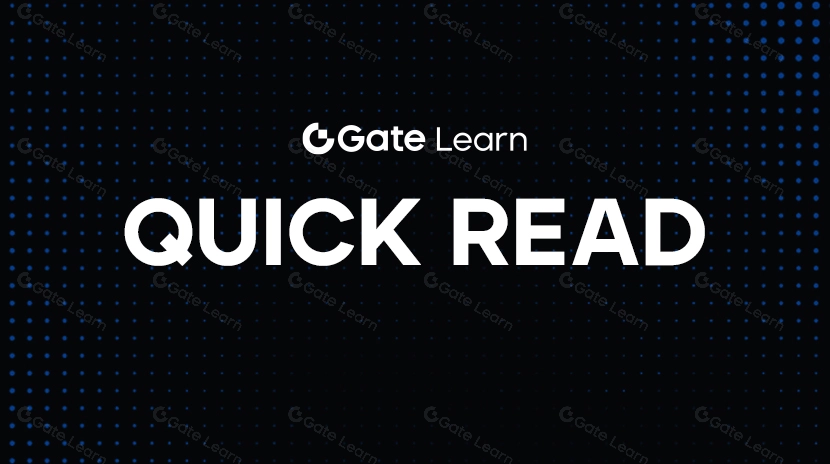
Analisando o Hack do Bybit Usando o Ataque Multi-Signature Radiant como Exemplo
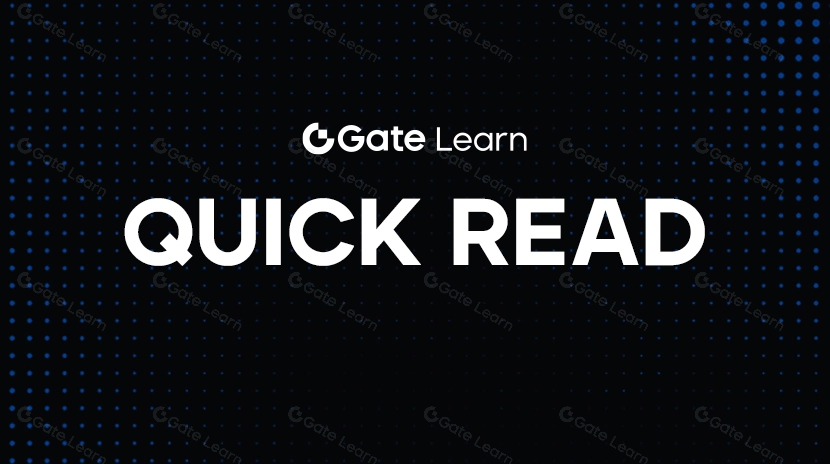
Como Vender Pi Coin: Um Guia para Iniciantes
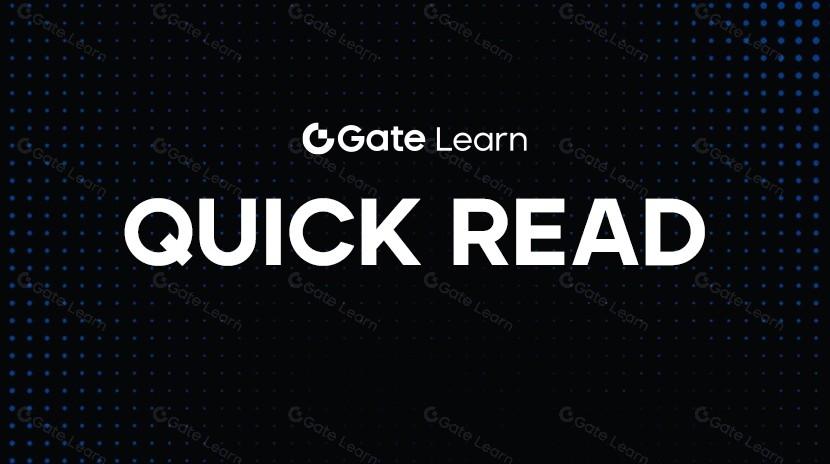
O que é BOB (Build On BNB)
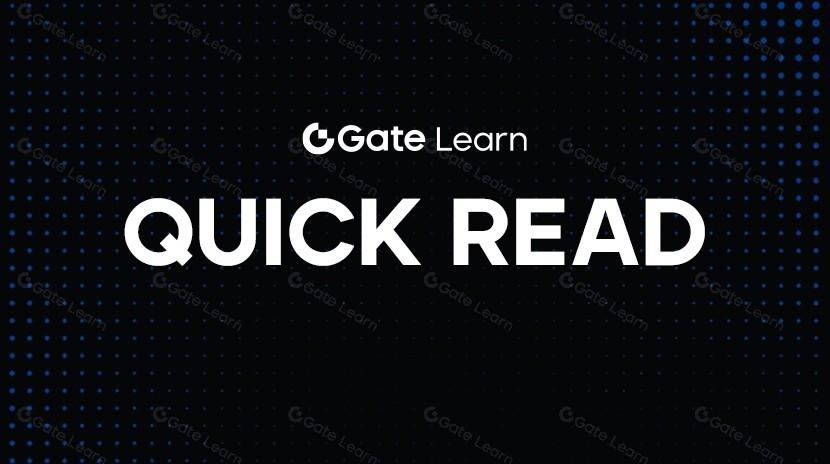
Pippin: Uma nova exploração do framework de IA integrado com MEME
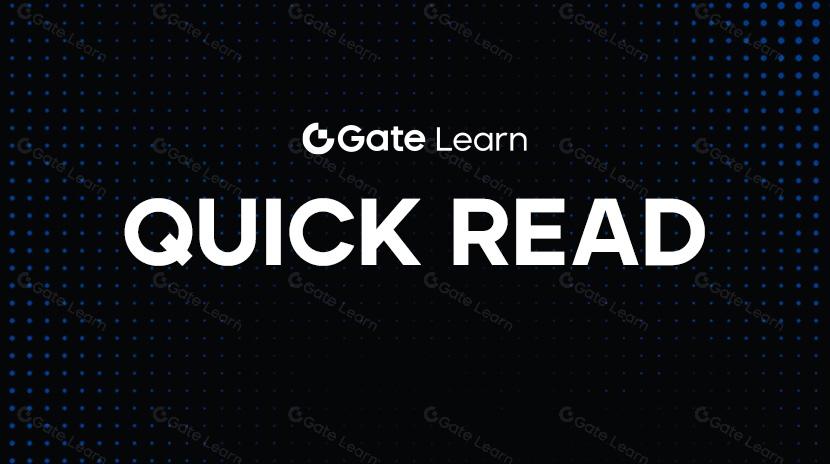
JOGO: O agente de IA 'engine' do ecossistema Virtuals
